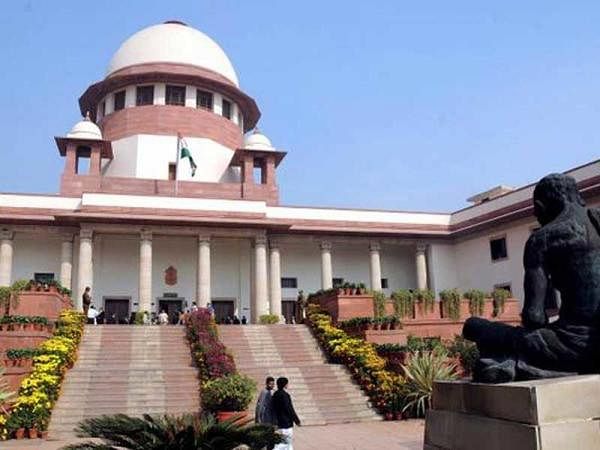
Curative petition is the last to last resort in the line of due justice being given. For some, it is the last opportunity of the unheard being heard. For others, it's a Supreme Court creation which goes against its own power. With curative petitions being a new addition to the field of law in India and that being used by the convicts of one of India's landmark case, the Nirbhaya case, it is important for the public to understand what it means and what can be the consequences of such a petition.
What is a curative petition?
A curative petition, in simple words, is the final and last option for the people to acquire justice as mentioned and promised by the Constitution of India. The concept originated from the case of Rupa Ashok Hurra Vs. Ashok Hurra and Anr. where the following question arose before the court of law- 'whether an aggrieved person is entitled to any relief against the final judgment/order of the Supreme Court, after the dismissal of a review petition?'
The court used the Latin maxim “actus curiae neminem gravabit”, which means that an act of the court shall prejudice no one. The maxim becomes applicable when the court is under an obligation to undo a wrong done to a party by the act of court itself. This led to the creation of the concept of a curative petition by the Supreme Court and the reason given for such creation was preventing the abuse of the process of law and to cure the lapses in the existing system of justice.
How is curative petition different?
A curative petition is a way to ask the court to review and revise their own decision even after a review petition is dismissed or used. But, the court has been very cautious in the use of such a petition. The court clearly stated that such kind of petitions must be rare instead of regular and to ensure it, the court in its guidelines to file the petition stated that to file such a petition a gross violation of a principle of natural justice by the court needs to be proved by the contending party, unlike other petitions.
Also to prove such violations, a senior advocate needs to certify and point out substantial grounds for the petition to be entertained. The same would be reviewed by the three senior-most judges of the court alongside the judges who passed the judgement, and if the majority feels that there was a violation, the curative petition would be heard by the same bench.
Adding to the speciality, a curative petition is not governed by the provisions of the Limitations Act but the court made it clear that it needs to be filed within a reasonable time.
What does this mean for the Nirbhaya convicts?
A curative petition is the last legal recourse available to the convicts. Going by the procedure regarding pointing out substantial grounds, AP Singh, the lawyer of convict Vinay Sharma, has placed the argument that young age and the socio-economic background should be considered as mitigating factors.
Interestingly, the advocate challenged the reasoning given by the Supreme Court, pointing out reports and studies by law universities and National Crime Records Bureau which state that a death sentence won't have any deterrant effect on the society, which is the reason on which the sentencing by SC was based.
With the existing media and political pressure on this case from the beginning, it'll be interesting to see the fallout of the petition, which would, for sure, go down as one of the most landmark judgments in the history of this nation's legal system.